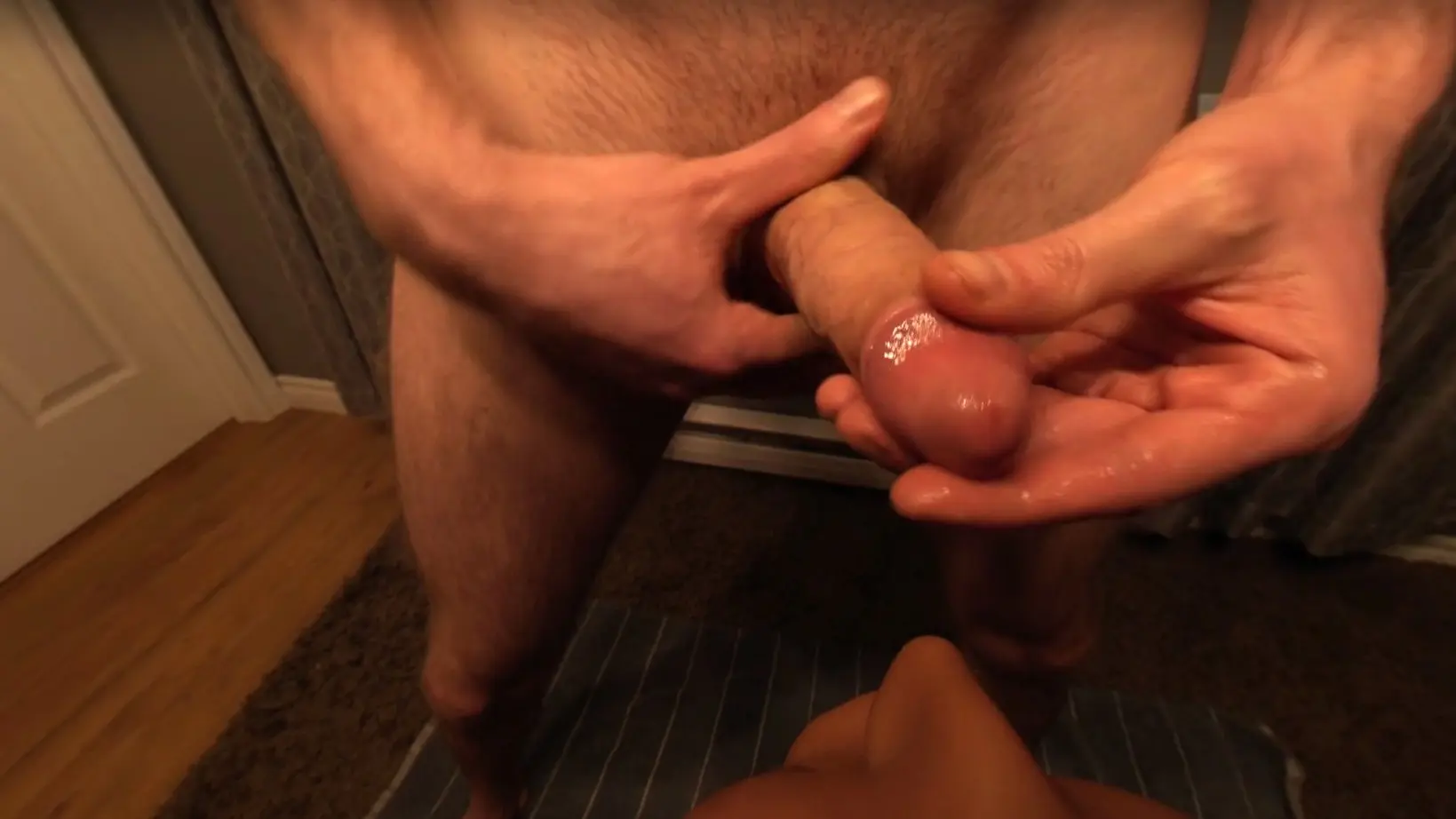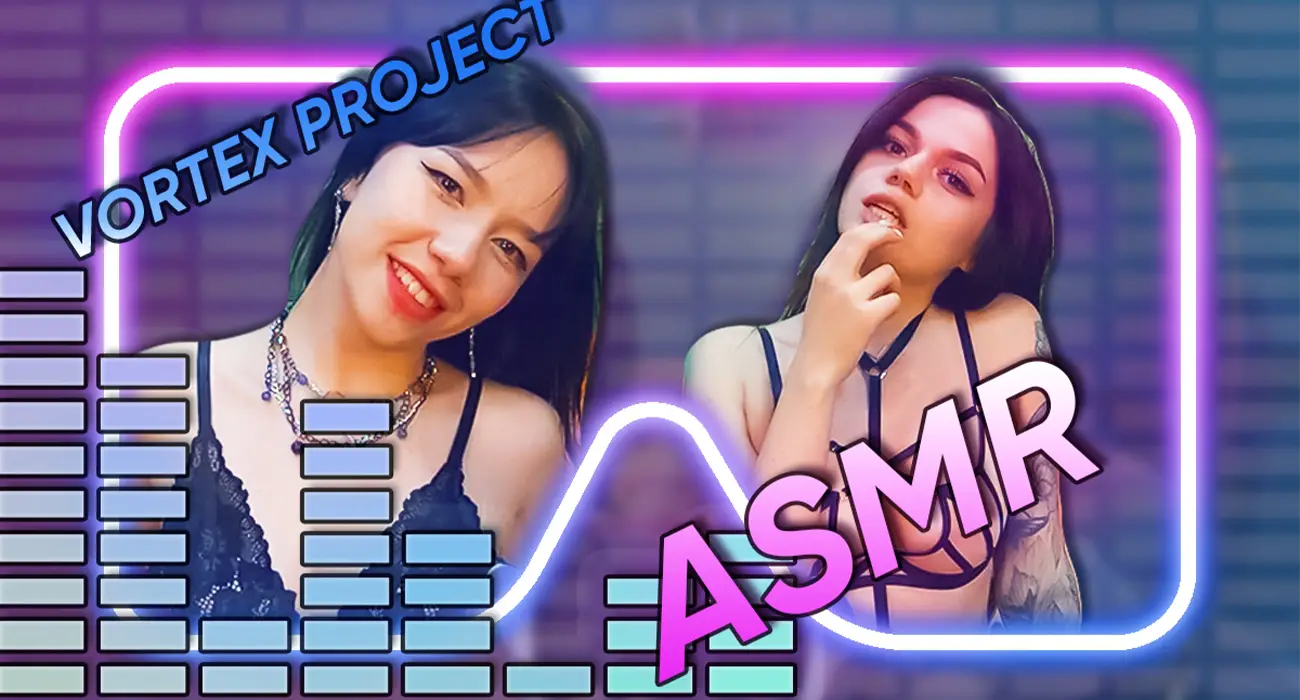Explore the Art of Pleasuring: A Female Perspective on Giving an Exceptional Blowjob
ASMR, or Autonomous Sensory Meridian Response, has emerged as a fascinating category within the realm of Virtual Reality (VR). This phenomenon, characterized by a tingling sensation that typically begins on the scalp and moves down the spine, is often triggered by specific auditory or visual stimuli. In the VR space, ASMR experiences are designed to immerse users in environments that enhance these sensations, offering a deeply personal and relaxing journey. Recent advancements in VR technology have allowed for more realistic and varied ASMR experiences, ranging from gentle whispers and soft touches to intricate soundscapes that envelop the user in a cocoon of calm.
The integration of ASMR into VR has opened up new avenues for content creators and enthusiasts alike. Platforms like YouTube have long been popular for ASMR videos, but VR takes the experience to a new level by adding a three-dimensional aspect. Users can now explore virtual spaces designed to trigger ASMR, such as serene forests, cozy rooms, or even futuristic settings. The latest VR headsets, such as the Oculus Quest 2 and PlayStation VR2, provide high-resolution visuals and spatial audio that significantly enhance the ASMR experience, making it more accessible and immersive than ever before.
As VR technology continues to evolve, the potential for ASMR applications grows. Researchers are exploring the therapeutic benefits of VR ASMR, suggesting it could be used to reduce stress, improve sleep, and even aid in mental health treatment. With the rise of telehealth and remote wellness, VR ASMR experiences are becoming an integral part of digital self-care routines. The future of ASMR in VR looks promising, with ongoing innovations poised to further blur the lines between virtual and real sensory experiences, offering users around the world a new way to relax and rejuvenate.


